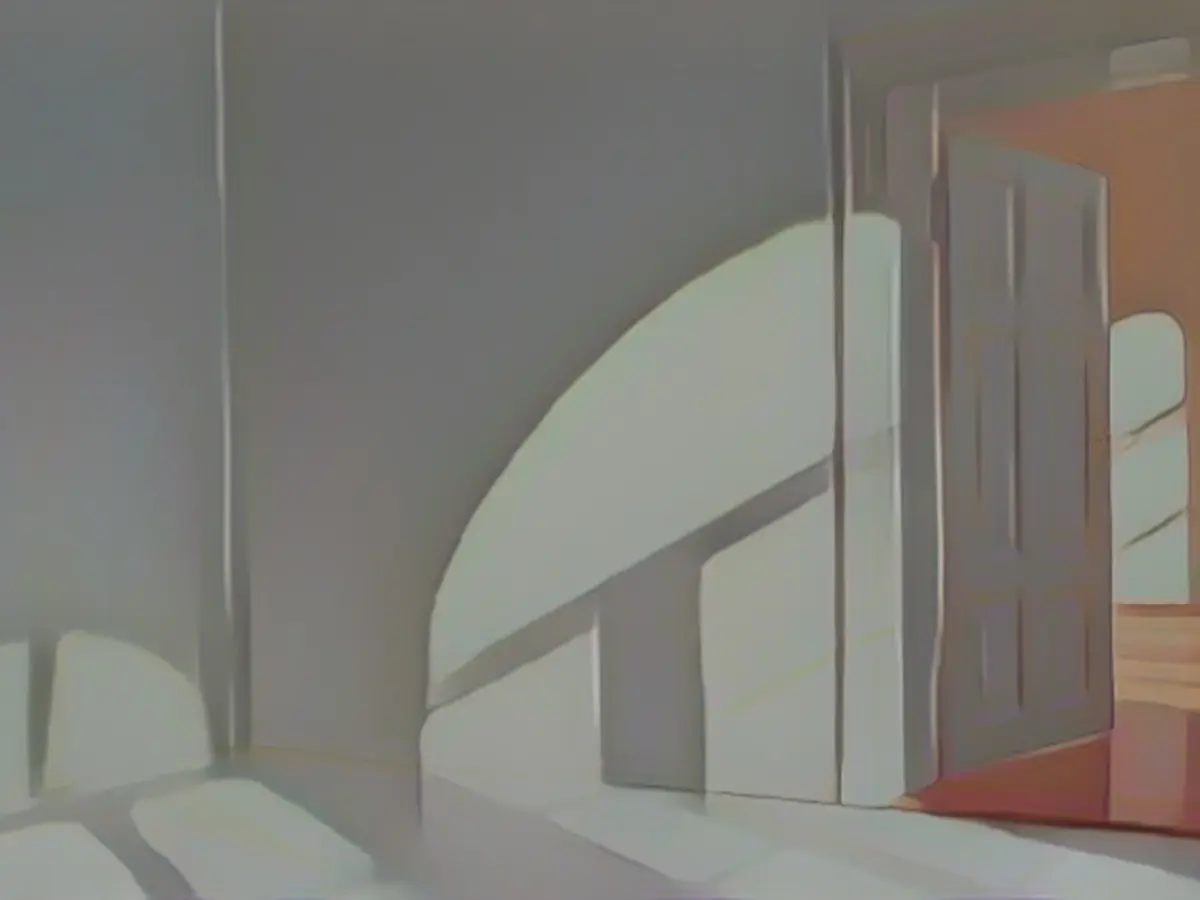The light in all its splendor
It's like this: If you are in an almost dark room and a picture by Edite Grinberga is hanging on the wall, a tiny spark of light is enough to light up the whole room. You have to see it with your own eyes - but that's the truth.
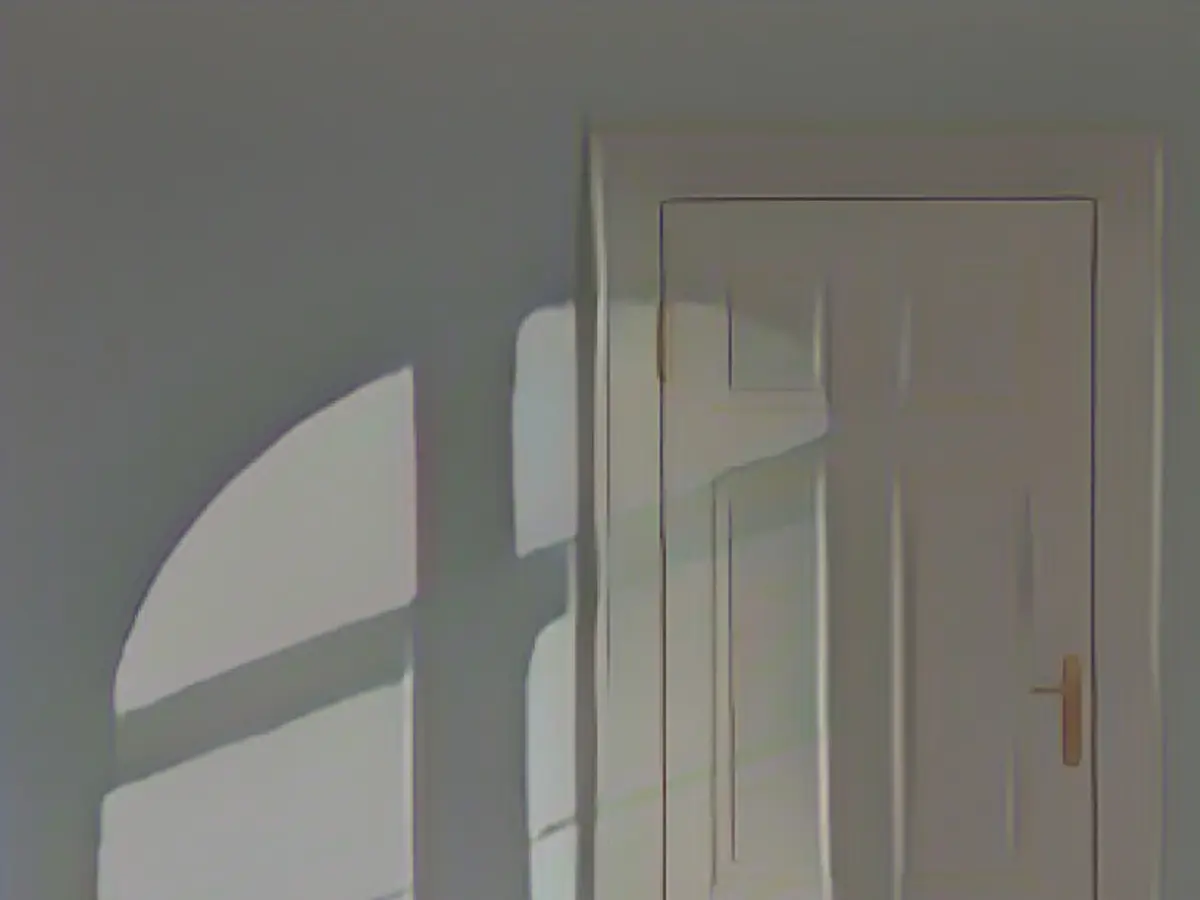
She grew into art: Edite Grinberga spent her childhood and youth in Riga at an art high school and completed a rigorous, academic, realism-based course of study. "Back then, my 'protest' against the usual, the conformist, was to experiment with objects and installations," she tells ntv.de in Berlin and laughs. "I was successful and was bought by the State Museum at a young age. But one day I thought, 'What kind of nonsense are you doing?' It was like a game, I couldn't take myself seriously anymore." That was the moment when the young Edite decided: "I'm going to do something serious, the most difficult thing there is: Realistic painting." And now we stand here, looking at her light-flooded paintings, and are glad that she made the decision she did.
Her painting wasn't this bright from the start: "I painted differently for a long time before, but then there was a big break in my life." The "break" happened 26 years ago - her son was born, "and that's when the sun came up," she says, laughing and beaming. This overwhelming feeling of happiness, the feeling of being in another dimension, must be something that can be represented somehow, she thought. "Of course, light is the best symbol."
Magical attraction
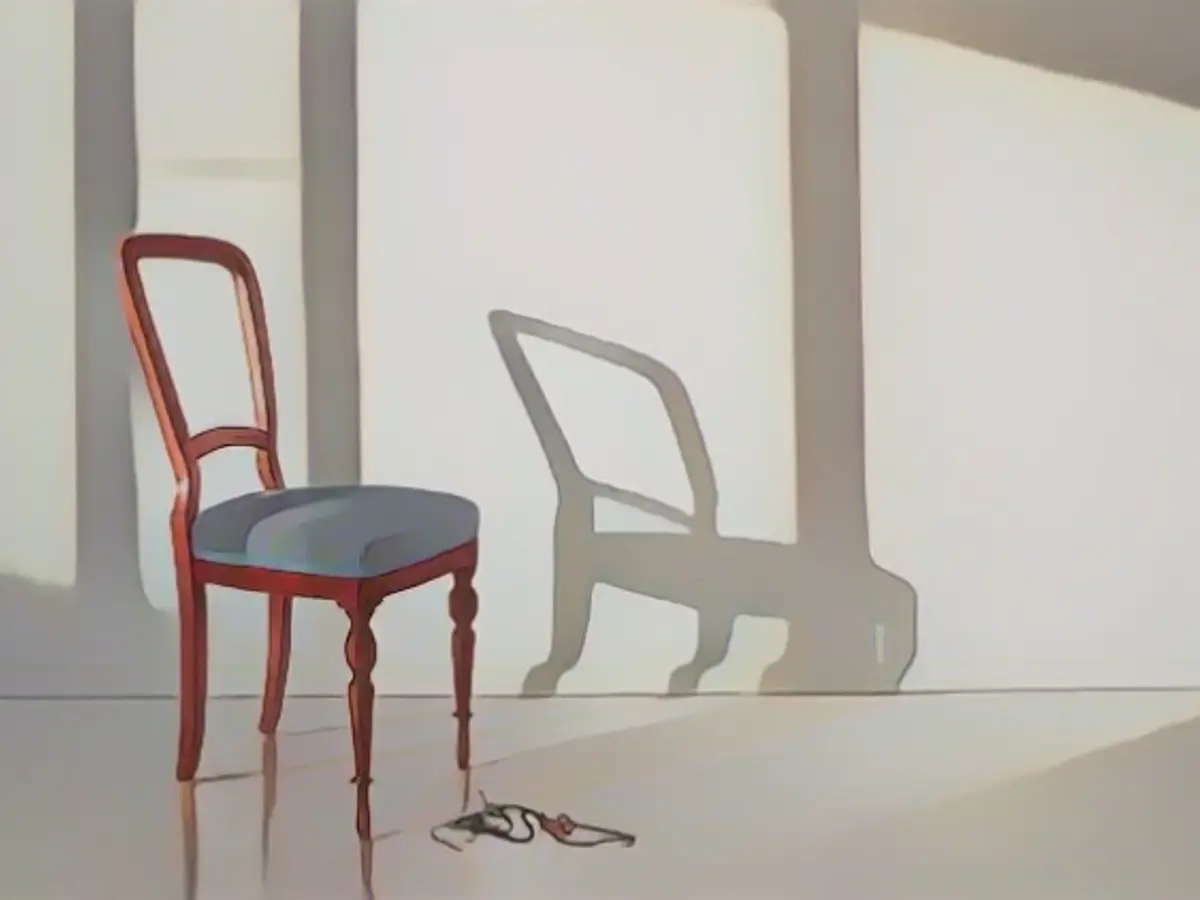
Light - that means love, God, knowledge, being able to see, joy. "I felt my way around it, I was still awkward at first, only ever working in a small format, but then it grew." And "it" continues to grow: some of her pictures take up entire walls. But even the smaller formats have this radiance that viewers can simply feel magically drawn to them.
Light does so much to people, and the Grinberga light does anyway: the pictures radiate calm. Although they depict a certain loneliness, this is not a bad thing, because it is a loneliness in which you can come to yourself, reflect and find redemption. "I have actually seen tears four times when people have looked at my pictures. I should actually keep them in a crystal bottle. But joking aside, that really moved me."
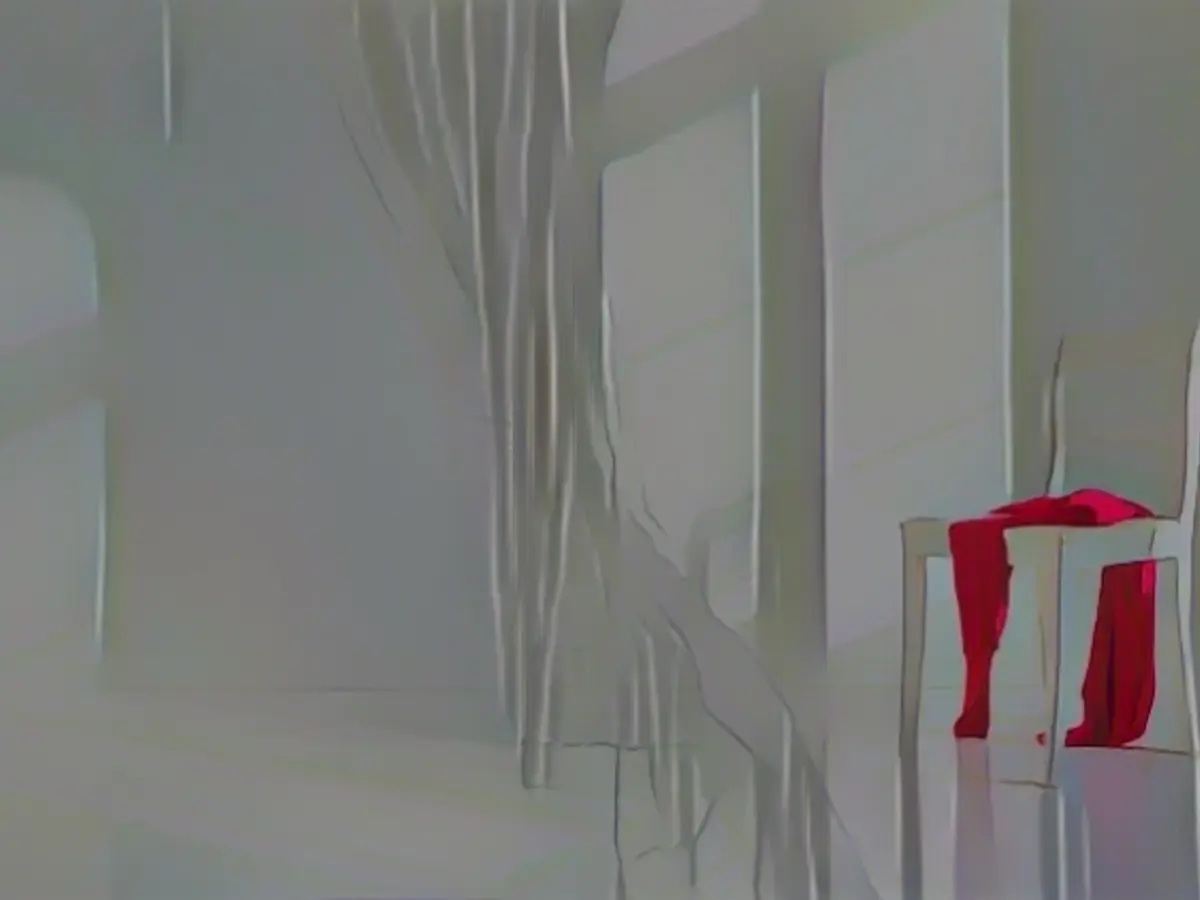
Hardly any exhibition evokes as many emotions as Grinberga's, says her gallery owner. People flock to the rooms because they want to switch off, because they want to lose themselves in the pictures, because they want to walk through the pictures with their thoughts. Because married couples do NOT argue. A Grinberga shines from afar, shines into the heart.
How the light refracts
Is there anything that can be improved? Edite Grinberga hinted at such a thing in conversation, even if it hardly seems possible: "I'm always looking for a better understanding of the spectrum," says the artist in front of one of her paintings. "The most interesting moments are revealed in the halftone of light. It's also called the shadow edge: that's where the light refracts, where a prismatic effect occurs, where the light suddenly shows its color." Hats off, that is true painting when someone knows how the light refracts between light and shadow, what colors appear there. It's difficult to understand, because you can't see that in nature. Grinberga wants to continue working on this, she wants to master this technique even better.
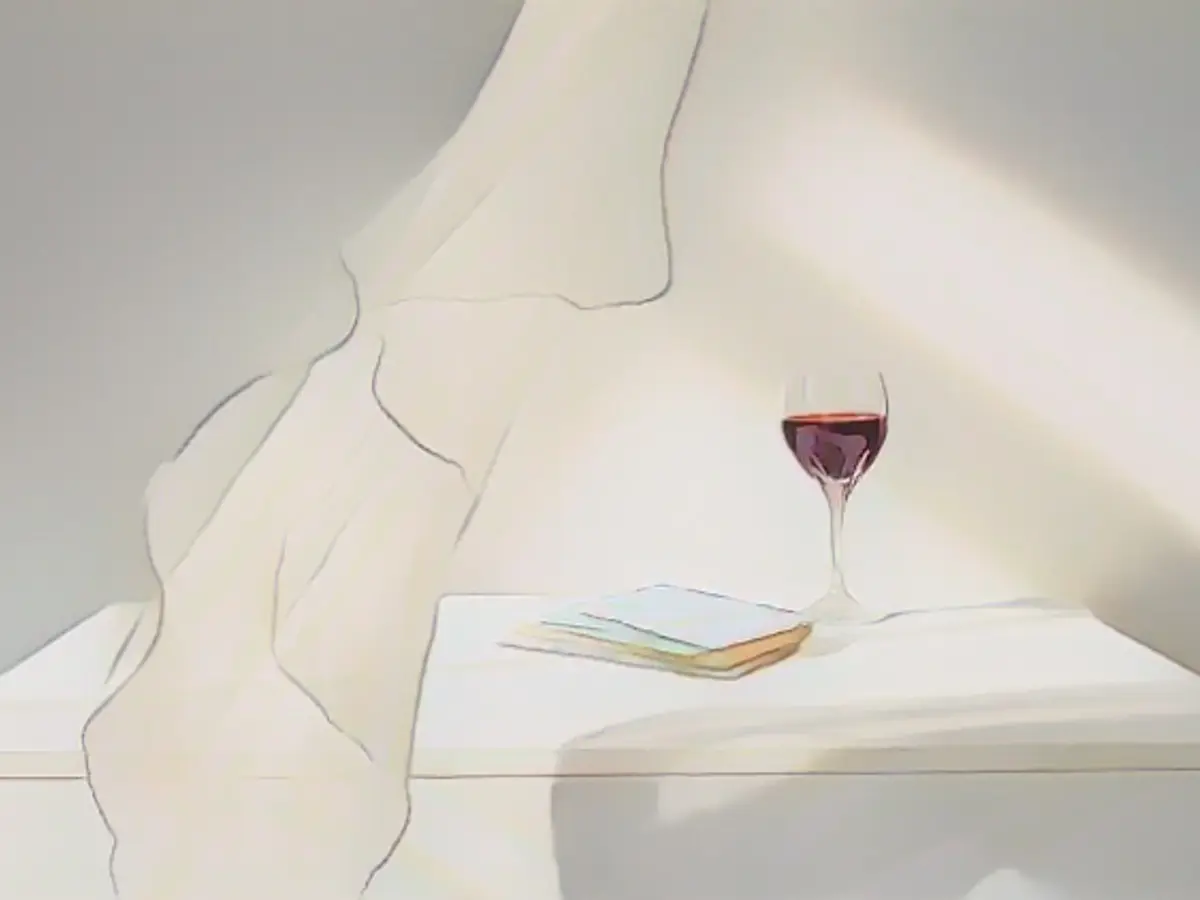
And paint something completely different? "Honestly? Other colors, especially dark ones, are not my thing at all," she laughs. On the contrary - she would rather perfect her technique, become even brighter, more transparent and more minimalist. "I want to dissolve completely in light, never go into darkness," emphasizes the 58-year-old. "You know, there are several ways of dealing with reality in art, and they all have certain psychological effects on us. You can put your finger in the wound, you can stir things up, point out bad and terrible things and grievances. I don't like that. Then you can approach it with humor - unfortunately I don't have that, my pictures are meant seriously (laughs), and then as an artist you can also offer an escape, a redemption."
Sleepless?
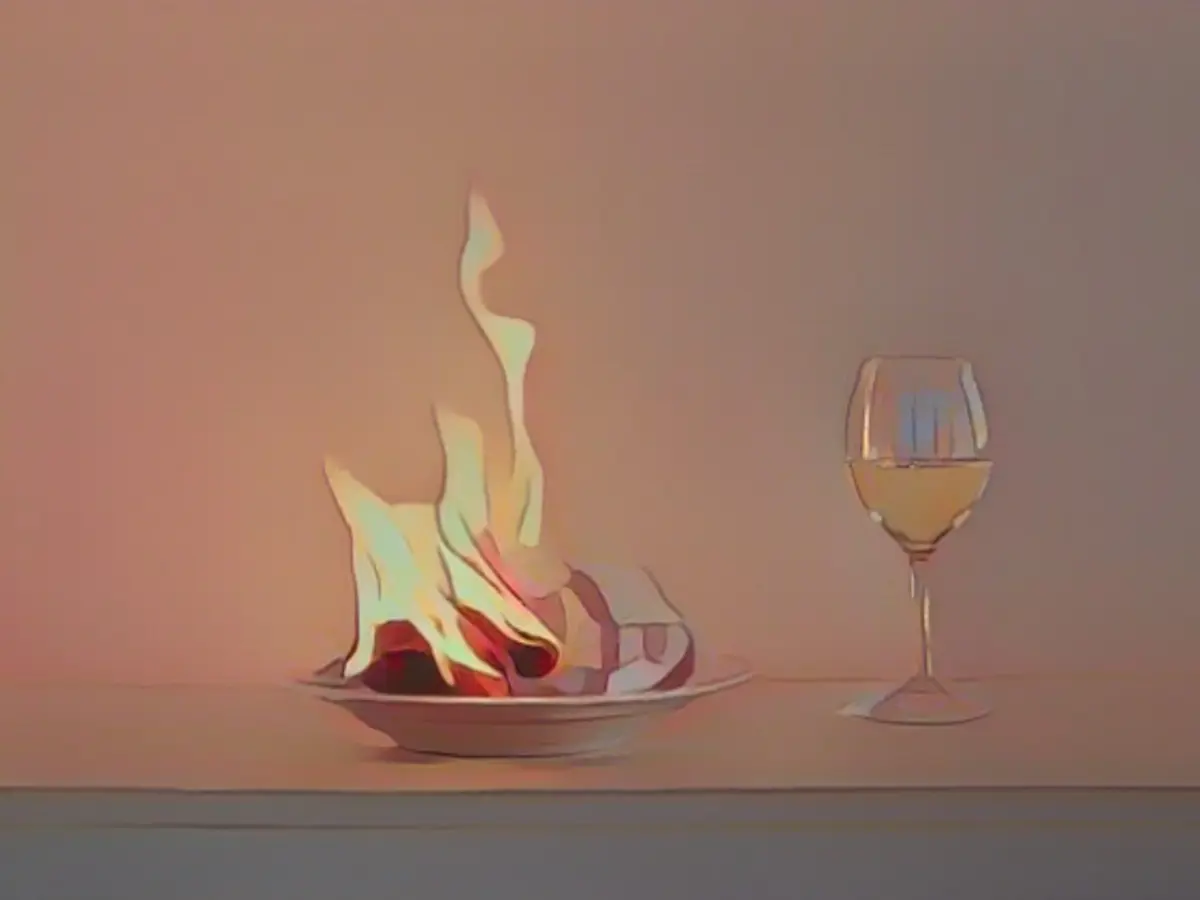
These pictures are good for you, that's for sure! Especially in the dark days: they radiate into the soul, the mind, the psyche. Many people hang a picture of Edite Grinberga opposite their bed because this is the most underestimated, but at the same time most important place at home: you are looking for peace, you need peace, and with a Grinberga on the wall you can assume that you will get peace.
What does she do when she doesn't get enough light? "Then I paint myself light. It has a psychological, meditative, liberating effect on me, I'm addicted to it. If I don't paint for five days, I get very restless." She once had a studio in Berlin on Mariannenplatz, which had wonderful incidences of light: old cassette windows where you could observe the spectral effects: "I was lying in wait, like a hunter. Sometimes I didn't dare breathe, I didn't make a sound so that this moment, this light, wouldn't fade away."
Where is the human being?
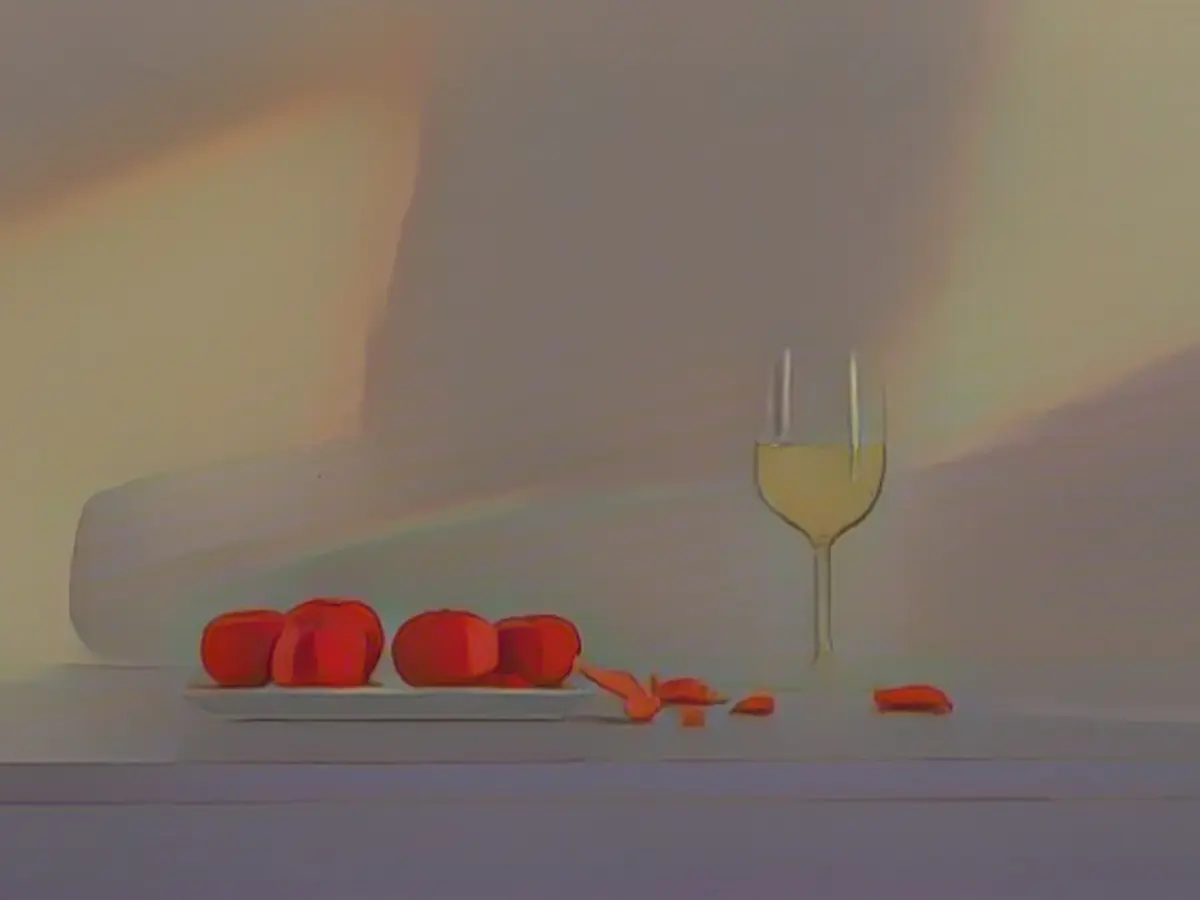
Grinberga wants to convey a feeling. "For me, there's no other way to describe it than through a picture - otherwise I would have become a writer," she says with a laugh. She looks for objects or situations that can be depicted and could best convey the feeling she is dealing with at the moment; a book, a piece of fruit, a cloth. And the objects are always in a room flooded with light!
There are no people in the pictures? "Yes," she admits, "somehow there are: around the corner, behind the door." But it's about the absence of people, about the moment "before" or "after". The person remains a mystery - behind an open door, and the breeze is almost palpable.
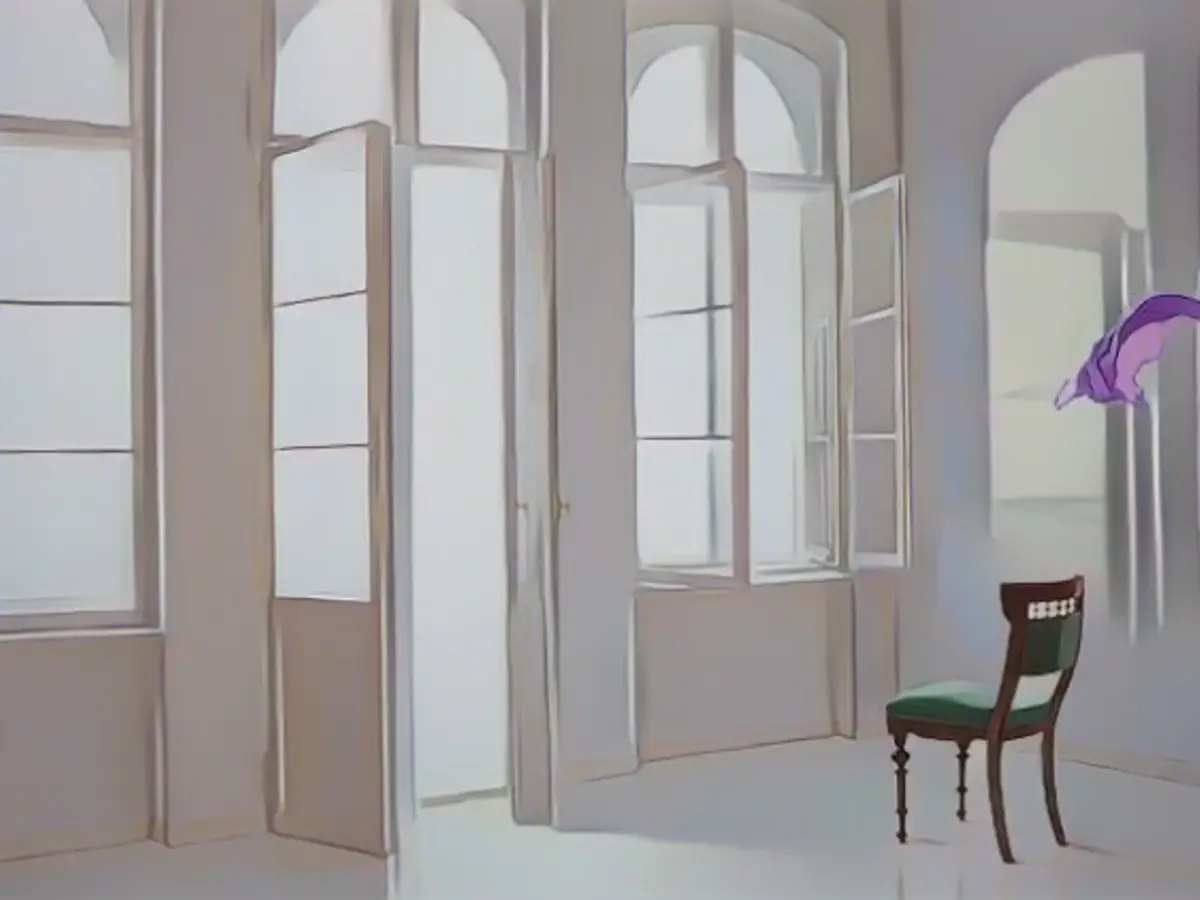
Read also:
- Snow chaos further restricts Bavaria
- Unanimous decision: faster wolf culls possible
- The year of climate records: extreme is the new normal
- Snow and ice paralyze southern Germany
Edite Grinberga's art has gained international recognition, attracting collectors from around the world. Her focus on light as a symbol of love, happiness, and knowledge resonates with people from various backgrounds and cultures, demonstrating the universal appeal of her art in the field of lifestyle. Furthermore, her exploration of human psychology through the absence of individuals in her paintings adds a layer of depth, inviting viewers to project their own thoughts and emotions onto her work.
Source: www.ntv.de
